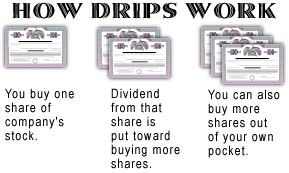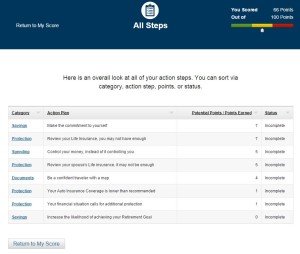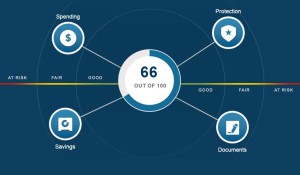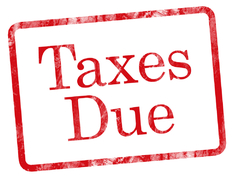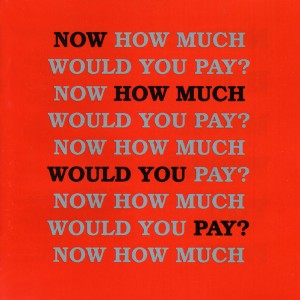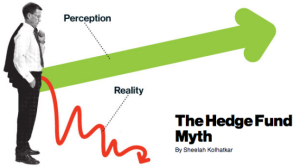As a rule, I prefer having more money rather than less. I share this preference with 99.97 percent of basically everybody.
Especially in this period between Thanksgiving and Christmas we feel the need for more money most acutely.
The American poet Marshall Mathers – in his well-known Cri de Coeur “Mockingbird” – aptly captured his shame at Christmas time – lacking enough money to pay for any present for his daughter Hailie. Mathers managed to escape poverty through the commercial success of his poetry – and a now-mythical timely visit to fellow-poet Andre Young in California – but he continues to mine the shame and anger of those early penniless years throughout his entire oeuvre.
My life diverges in important ways from Mathers’, but the theme of spiritual opportunity through financial struggle – especially at the holidays – is what I plan to talk about today.
What I am leading up to is the contrarian statement that occasionally a lack of money, even at Christmas, can be a blessing in disguise. We don’t want less money. We’re not seeking less money. But there can be a silver lining to less money.
Of course we’re all familiar with the idea that money isn’t everything. We even occasionally remember that concept during the holidays, despite the crush of commercialism between Black Friday and the post-Christmas sales. No doubt everyone recalls O. Henry’s Gift of the Magi. Which is cool.
But if you really want to feel better about the season, check out my idea below, inspired by my own lack of money.
College
In college I was, appropriately, broke.[1]
My money problems at the time, however, pushed me to devise a clever, self-serving proposal that I made to my entire family. My self-serving solution, in turn, inspired the best family Christmases ever.

Perhaps if you’re feeling broke around the Holidays you’d like to try this at home as well.
My proposal
I wrote a letter to my family, around Thanksgiving-time 1994, requesting that we call a moratorium on purchasing presents for each other at Christmas.
In my letter, however, I emphasized that I didn’t want to leave my family with misery and emptiness on Christmas Day. Instead, I proposed we randomly pick one family member’s name out of a hat and each have the responsibility for making something by hand for that one person. For the rest of the family members – including between spouses – we were not to give any other gifts.
You see, my older brother and sister, already married at the time[2] and better established in the world, could afford to buy everyone in the family pretty good presents. That put me at a huge disadvantage. Even a nice pair of socks would have meant spending money I didn’t have, while expensive socks for everyone in the family would have broken my bank. I needed this moratorium.
The only stipulation for the one gift was that it must be primarily home-made. The essence of the gift could not be bought anywhere.
At first, since my main goal was to save myself from spending money I didn’t have, I didn’t think much of the ‘home-made’ gift thing. It just seemed thrifty and affordable, and therefore worthy of proposing.
I think my Mom came up with the beautiful internal-family marketing hook, however, that started to transform my self-serving idea into greatness.
The home-made gift would be called the ‘spiritual gift.’
See, ‘Spiritual Christmas’ is a genius idea. And, as it turned out, an apt description.
Spiritual Christmas
Would you like to cry happy tears on Christmas morning? How about, if you have kind of a WASP-y New England-y non-emotive family?
Try making something by hand, write a note about it, and then read that note out loud to your family member in front of everyone. Guaranteed instant waterworks.
More than twenty years later, I still remember the spiritual gifts in those early years.
Order extra tissues
My brother-in-law cooked a meal in tribute to my mom (the matriarch) and her usual role as chef extraordinaire to her entire brood.
My brother wrote an emotional letter to my father, comparing him to a high-end bottle of scotch. I know that sounds very WASPy, but believe me, it was awesome. He said all the things you’d typically hear in a eulogy, but my Dad was able to hear it. A distinct advantage, by the way.
Sometimes I misfired, like when I promised to build a website for my mom in 1996, but just couldn’t figure it out. Not so good at the coding here. Neither am I a crafts-y person, but I do like to write. In reading my gifts out loud during Spiritual Christmases inevitably I’d break down by the second line, and the rest of the room quickly followed my lead.
I mean, how often do you tell your family members exactly and directly and in detail how much you love them, and say it out loud for others to hear?
These days
I hope you’re not disappointed to read that when my nieces, nephews and then my own children came along, we reverted back to a good old-fashioned ‘Murican Christmas, full of American Girl dolls, action figures, and materialism. Still, I firmly believe Spiritual Christmas is the best Christmas.
If you feel broke, try this.
Or even better, if you’d like to feel whole again: Declare a moratorium on store-bought gifts, announce it’s spiritual gift time only. Let the happy weeping begin.
[1] Democrats and Republicans, old and young, North and South, I think we can all agree on one thing: rich college kids are the worst. Amirite? Just classic movie villains.
[2] not to each other, silly.
Post read (464) times.



